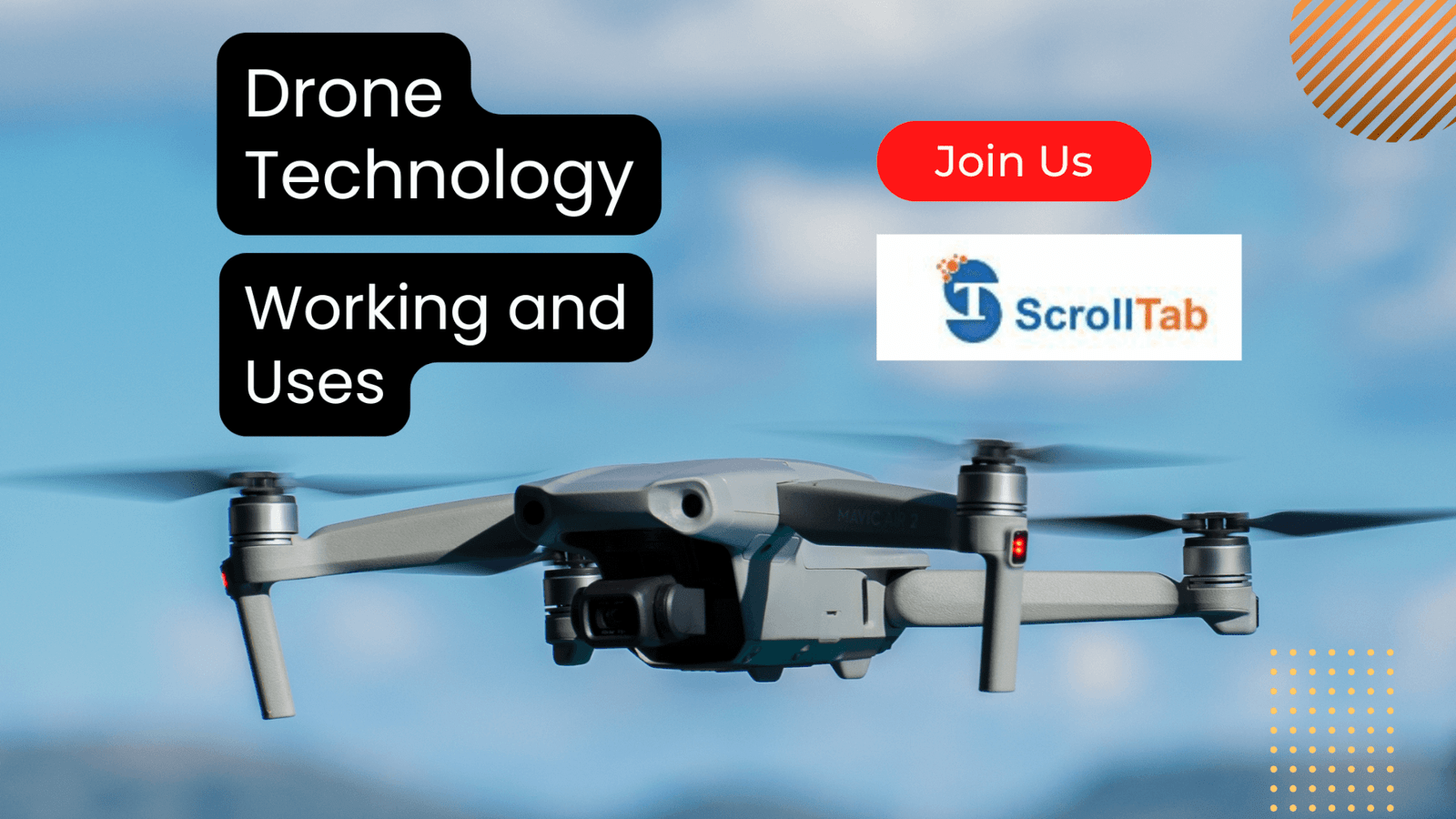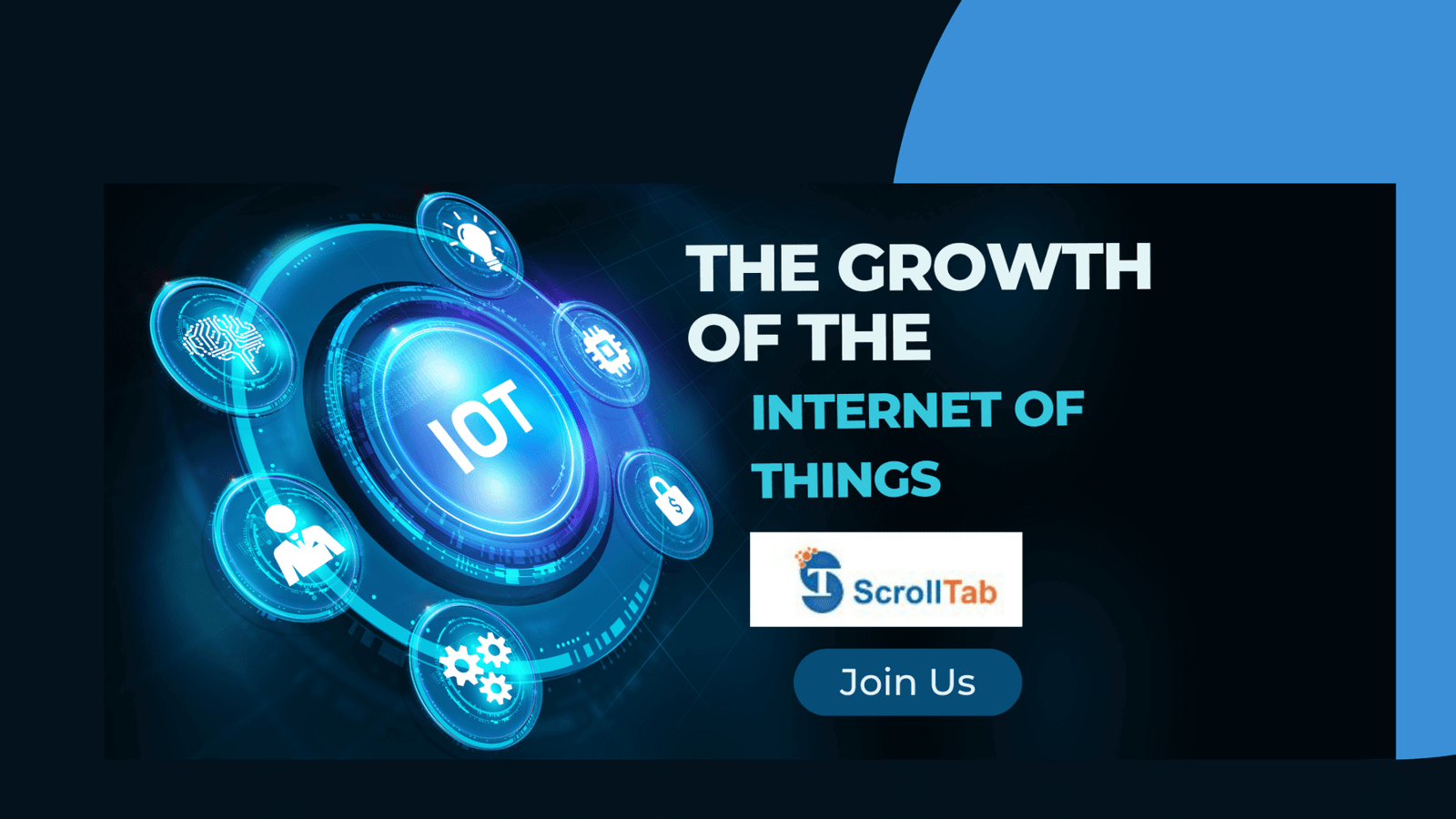Although the telecom industry may currently be in a chaotic situation, the introduction of 5G will undoubtedly lead to many job possibilities. The fifth generation of spectrum waves, or 5G, is not an incremental enhancement but a replacement technology that will allow the use of many more devices, unlock the full potential of the Internet of Things, and improve mobile broadband.
5G networks have received a lot of hype, and it’s well deserved. Faster data rates, greater device density, and extremely low latency will make 5G a foundation for innovation, revolutionising many areas of the US economy and generating previously unimagined industrial verticals. This will have major regional and national economic impacts.
Benefits of 5G on prospective new employment in the US, 2022–2024
Between 2022 and 2024, 5G might help create around 16 million new employment in the United States (U.S.). With an estimated 2.4 million new jobs, California will be the state with the most 5G jobs. Texas comes in second with 1.36 million potential job creations, followed by New York with 1.2 million potential job creations.

Top 10 countries with the most extensive 5G in 2022
- The United States.
- The United Kingdom.
- Spain.
- Australia.
- Canada.
- Saudi Arabia.
- Italy.
- Finland.
One of the largest countries in the 5G sector is the United States. A recent report from Ericsson predicts that by 2026, there will be about 195 million 5G subscriptions, and by 2029, the technology would make up 71.5 percent of the whole US mobile market. According to the Cellular Telecommunication Industry Association (CTIA), the rapid adoption of 5G technology might lead to investment of US$275 billion and economic growth of US$500 billion.
How will 5G change education.
Learning virtually has been around for years, primarily for businesses, but with workforces and schools being forced to remain at home due to the pandemic, the need for solutions became more urgent .The education and training suddenly needed to transform and become 100 virtual in order to increase the quality and quantity of its offerings.
With the help of technologies like augmented reality and virtual reality, teachers can engage and collaborate with students from all over the world in novel and creative ways, redefining this in ways that create more flexible learning environments, give access to more content, and enable immersive experiences both inside and outside of the classroom.
How will 5G affect healthcare Sector
Telemedicine. As the world recovers from the COVID-19 epidemic, telemedicine is currently utilizing 5G networks in healthcare the most. As a result, healthcare has evolved into a hybrid medical practise that combines live, in-person clinical care and telemedicine-based care.
Accurate pocket-sized linked gadgets that continuously monitor the patient’s condition and alert the doctor in the event of values outside of the normal range are required to make patients the centre of care. Such health IoT networks might be able to operate in a highly steady and reliable manner thanks to 5G technology. 86 percent of clinicians, according to study, believe that wearables encourage patient involvement in their own health. In addition, it is anticipated that over the following five years, these devices will reduce hospital expenditures by 17%.
Medical transport and emergency response are also changed by the speed and dependability of 5G networks. Now more than ever, it’s critical to provide even faster and better treatment, therefore smart ambulances and drone deliveries are becoming necessary. Ambulances with 5G connectivity are making it possible for patients to receive specialist remote support in real-time while staying inside the vehicle.
How 5G will impact the future of work
Manufacturing, transportation, ICT, healthcare, and retail are among the industries where 5G is predicted to lead to a number of new job opportunities. However, it will be crucial to upskill and reskill the workforce. Compared to other developing technologies, 5G is anticipated to receive the largest investment from businesses in the next three years, at 70%.
By 2035, it is estimated that 5G networks will generate $13.2 trillion in global sales revenue. For instance, IoT and automated production will lead to advancements in smart factories in the manufacturing industry.
Real-time information sharing, uploading, and downloading will occur amongst autonomous vehicles while they are moving. As bandwidth grows, telemedicine will become particularly widespread.
Both 5G and Wi-Fi 6 are complementary technologies that provide higher speeds, lower latency, and increased capacity over their predecessors.
What problems will 5G solve for us
The shortcomings of current technology, such as distorted video calls, lengthy movie buffer times, and delays in uploading and sharing content, will be resolved by 5G.

In reality, 4g was a consumer network. 5g is mostly designed for business use. As a result of the new radio standard, download speeds can reach over one gigabit per second. When you consider that a 5g network can support a million devices per square kilometre but a 4g network can only support roughly 100,000, this suggests that there will be a significant increase in the number of internet of things devices.
The opportunity in 5g is that there is much more data involved, but there are also many more devices involved, which can be more artificial intelligence and machine learning. Many of us use all of our smartphones and laptops to communicate with businesses, and that will continue.
let talk about a manufacturing plant project based on 5g network .if you aren’t wearing eye protection, the machine won’t start; if you get too close to a piece of spinning machinery with your clothing, it will warn you that you could get hurt; and the third use case is that if you accidentally touch a spinning drill press, it will immediately cut off your power supply so you won’t get hurt.
Having these essential 5G abilities will definitely help you break into the 5G IT sector
- Secure Network Architecture Design.
- Artificial Intelligence and Machine Learning Systems.
- Big Data Analytics.
- Programming Skills.
- Cloud Computing.
- Internet of Things (IoT).
- DevOps.
- Automation and Orchestration.
conclusion
The 5g technology job market is growing rapidly, with new positions being created every month. There are a variety of positions available in the 5g technology field, including software developers, engineers, and marketing professionals.
One of the biggest hurdles to overcome with 5G is its complexity, which is meant to work with a variety of applications. Due to the fact that 5G serves as a platform for a variety of wireless technologies to coexist, technology suppliers must address issues with signal spectrum, transmission methods, security, network interoperability, and other factors.











